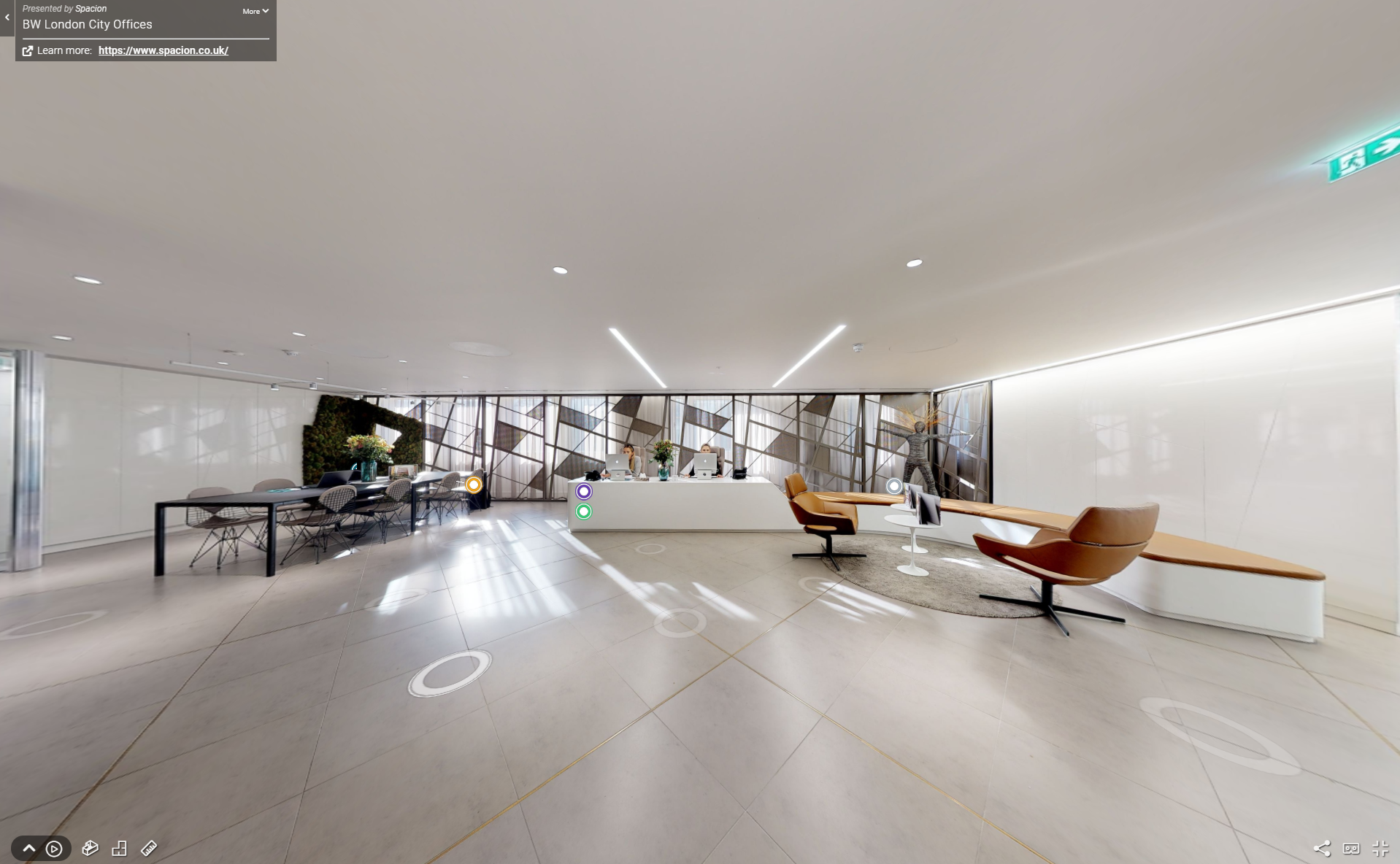
Digital twin technology has been used in the construction industry for some time to document the various build phases and to digitise key information. But this information is rarely transferred beyond construction and taken advantage of during the rest of the building life cycle.
Typically, the detailed information dies on project servers, while outsourced facilities management relies on a set of drawings and operation and maintenance (O&M) manuals when running the occupied building.
However, there is now growing pressure from the government and the Centre for Digital Built Britain to digitise the built environment and take full advantage of the benefits offered by the resultant digital twins.
It is estimated that the global digital twin market will grow from $3.8bn in 2019 to $35.8bn by 2025 as more organisations adopt the technology.
Getting to know the digital twin
The term 'digital twin' can mean different things to different people. So how should it be understood in the built environment, and what are the practical uses and benefits?
A digital twin can best be defined as the digitisation of a built asset, including the assets it contains, such as office equipment, mechanical, plumbing and electrical features etc, to create a common interface for the information required to manage that environment throughout its life cycle.
The past 12 months have shown how the digital twin can enable remote management of a building to maximise value for organisations, and in particular help facilities management departments that must supervise offices while also improving space use and environmental conditions during and after the pandemic.
'The past 12 months have shown how the adoption of the digital twin can enable remote management of a building to maximise value'
Detailed doubles
There are many ways to address these challenges, but each one tends to sit in its own silo and is not always easy to access remotely; yet getting to such information quickly is vital to maximising value.
This is where the latest scanning technology can be used to record the workplace environment, with 3D photographic point clouds creating a highly accurate twin. In turn, this can serve as the common interface for all relevant digitalised information and key systems.
The digital twin becomes a way of easily accessing and navigating areas of interest – including assets or other aspects of your space you want detailed information about – from anywhere with any device.
But it is the process, methodology and facilities management experience, rather than just the technology, that allow systems to be used to their best effect.
Ritchie Coombs, an experienced global workplace professional, says: 'I have seen the value in proptech growing over the past decade or more, but have often found the pace of adoption frustrating.
'The inability to apply these technologies to the built environment retrospectively has been a barrier to adoption, so the prospect of creating a digital twin of your environment at any point after construction provides a great way to curate all the relevant information an owner or tenant needs for operation.'
Benefits of twins for buildings in use
-
Improved facilities management
A 4K digital twin records existing conditions accurately, so they can be used for a VR walkthrough to access building monitoring systems, plant and IT Infrastructure, with links to O&M manuals, support, service desk and ticketing systems.
-
Optimised equipment installation
Highly accurate 3D models enable users to measure rooms, corridors or items within spaces remotely rather than relying on manual measurements.
-
Equipment inventory and maintenance tracking
Users can create a digital inventory of the assets with links to product, purchasing, maintenance and training information.
-
Saving time searching for information and documents
Built environment professionals can spend up to four hours per week trying to find the information we need to do our jobs according to the IDC. Collectively, that's many years of people's time and millions of pounds lost for medium-to-large organisations.
-
Integrated meeting room booking
Twins can provide access to room-booking systems, with a visual representation and location of the rooms themselves.
-
Integrated occupancy monitoring and flexible desk booking
This facility allows access to real-time occupancy monitoring and desk-booking systems and a way of visually locating the desk, which can be especially helpful in ensuring social distancing.
-
Integrated environmental monitoring
Real-time measurements of factors including noise, temperature, humidity, light, carbon dioxide and occupancy can be used to understand environmental conditions, reassuring staff that COVID-19 safety measures are being proactively monitored and reported.
-
VR walkthrough for employee inductions
New or visiting employees can take a 3D walkthrough of facilities can be so they can quickly understand the environment before arriving in person. Any media including instructional videos can be included, for the purposes of induction and safety.
-
Optimised emergency planning and response
Twins that incorporate instructional videos can be used to increase employees' awareness of evacuation options and provide first responders with access routes in case of an emergency.
-
Ready access to drawings, 3D renderings and BIM outputs
No specialist software or skills are required to retrieve information.
-
Safe, lower-cost alternative to attending site
As twins are accessible from anywhere and on any device, they can be used to make informed decisions without anyone being on site, keeping them safe during the pandemic as well as saving the time, cost, effort and carbon footprint of travel.
In addition to these benefits, the twin is kept up to date as part of a service that's linked to a client's change control board/process; i.e. if assets or room layout changes, these will need to be updated in the image along with any tagged information.
This ensures it will always be an accurate twin of the facility, which provides access to all the information required throughout the life cycle of a built environment, including:
- details of capital and operating expenditure and depreciation
- contract terms and conditions
- CAD drawings relating to the building and its environment
- high-resolution view of building and infrastructure layers throughout construction.
Below are a couple of examples to explore. There are number of asset tags in each; some link through to user instructions, drawings, video content, and live monitoring and reports. As long as it's in a digital format, there's no limit to what can be added to the walkthrough.
Workplace Experts MD Max Steward comments that the firm 'saw the potential of digital twins two years ago, and implemented them for our client's projects, primarily as a digital binder for its O&M manuals at handover and ongoing FM. It provides huge benefits and efficiencies for the built environment and FM alike.'
Bridging the gap
In summary, a digital twin allows employees or third parties with appropriate security permissions to access a range of digital content, applications, and assets across the life cycle of a building, bridging the gap between the physical and digital.
Effective management through the life cycle of a building is vital to the long-term success of any corporation or developer, and a digital twin enables strategic planning of space and infrastructure to help them achieve their business objectives, cut costs and improve productivity.
With a 3D digital twin, organisations can revolutionise the way they manage their facilities and the people using them.
'Effective management through the life cycle of a building is vital to the long-term success of any corporation or developer'

.jpg)
